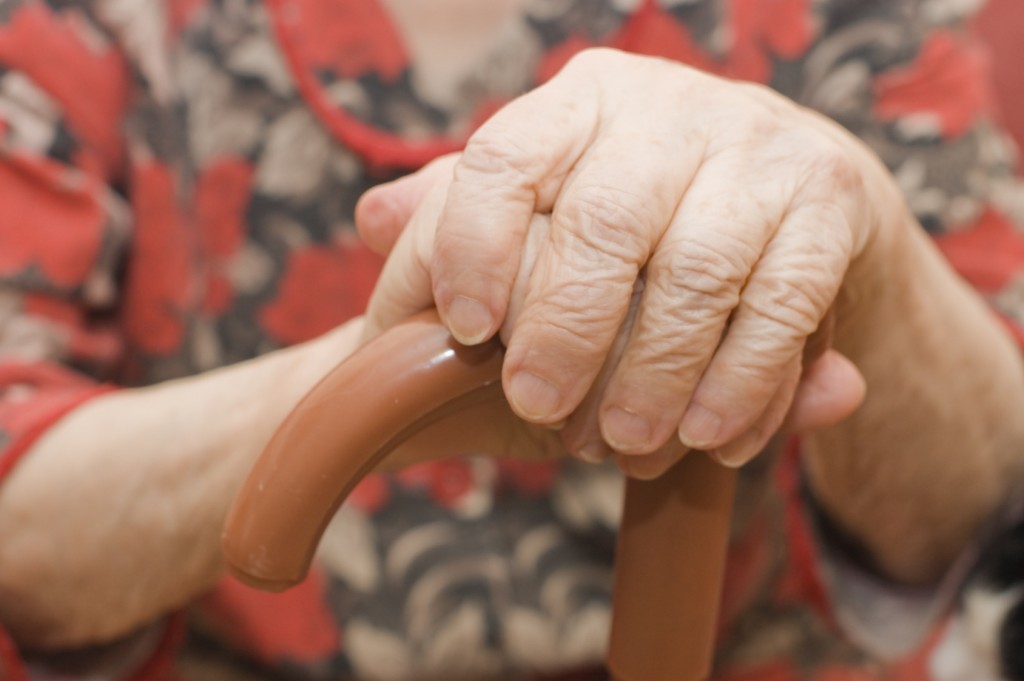According to the Centers for Disease Control and Prevention, one out of four older adults (those aged 65 or older) falls each year.1 In 2013, 2.5 million nonfatal falls among older adults were treated in emergency departments and more than 734,000 of these patients were hospitalized. In 2020, 14 million older adults in the United States reported falling, and in 2021, a total of 38,742 died from unintentional falls In 2021, a total of 38,742 (78.0 per 100,000) unintentional fall–related deaths occurred among older adults.
The Economic and Non-Economic Costs of Falls
The incidence of falls in the elderly population comes with a high cost, for seniors, for their families and for society in general! According to the CDC, about $50 billion each year is spent on medical costs related to older adult falls—fatal injuries total $754 million, and the remainder is attributed to non-fatal fall injuries. The cost of treating injuries caused by falls is projected to increase to over $101 billion by 2030
But the economic costs are only part of the story. For families who have a loved one who has experienced a fall, the commitment of time and resources can be overwhelming. And the emotional cost for a senior who is a victim of a fall can be significant. Many people who fall, even if they are not injured, develop a fear of falling. As a result they are inclined to limit their activities, which leads to reduced mobility and loss of physical fitness.
Minimizing Risks to Prevent Falls
It is important to take a number of factors into account when thinking of ways to minimize the risk of falls. First of all, is the person’s physician aware of the incidence of falls for her patients? The American Journal of Preventative Medicine found that of all the seniors who fall, less than half talk to their healthcare providers about it. A second factor contributing to senior falls and accidents is their home environment. Many seniors’ homes are older structures that present safety challenges, including: stairs, narrow stairways and poorly designed bathrooms. Medication is a third variable that can facilitate the event of a fall. Many of the pills prescribed for seniors can have an adverse effect on vision, balance and toileting habits. If vision and/or balance are impaired, an urgent trip to the bathroom increases the risk of an accident significantly.
Tips to Reduce the Risk of Falls
The pressing nature of falls in the senior population has not been lost on policy and programming experts. A number of initiatives have been developed to educate and inform people about best practices. Many states have enacted fall prevention awareness and strategies, but the policies differ across the states, given the political climate, resources, and importance of the issue. The National Council on Aging publishes a handy list of those states ( with detailed contact information) who have a fall preventions coalition in place.
Here are some steps to prevent falls:
- Get regular checkups to evaluate hearing, vision and blood pressure
- Stay active – regular exercise improves balance and stamina
- Be familiar with the side effects of medications
- Get a good night’s sleep
- Stand up slowly
- Wear appropriate footwear
- Think about getting a monitoring system
- Do a home safety assessment – hire a professional or do your own
Suggested resources include:
- Eldercare Locator: www.eldercare.gov
- MedlinePlus: www.nlm.nih.gov/medlineplus/falls.html
- Center for Injury Prevention and Control: www.cdc.gov/ncipc
References
- www.cdc.gov
- Center for Disease Control & Prevention, National Center for Injury Prevention & Control
- Stevens JA, Corso PS, Finkelstein EA, Miller TR. The costs of fatal and nonfatal falls among older adults. Injury Prevention 2006a;12:290–5.
- Bell AJ, Talbot-Stern JK, Hennessy A. Characteristics and outcomes of older patients presenting to the emergency department after a fall: a retrospective analysis. Medical Journal of Australia 2000;173(4):176–7.
- Vellas BJ, Wayne SJ, Romero LJ, Baumgartner RN, Garry PJ. Fear of falling and restriction of mobility in elderly fallers. Age and Ageing 1997;26:189–193.
